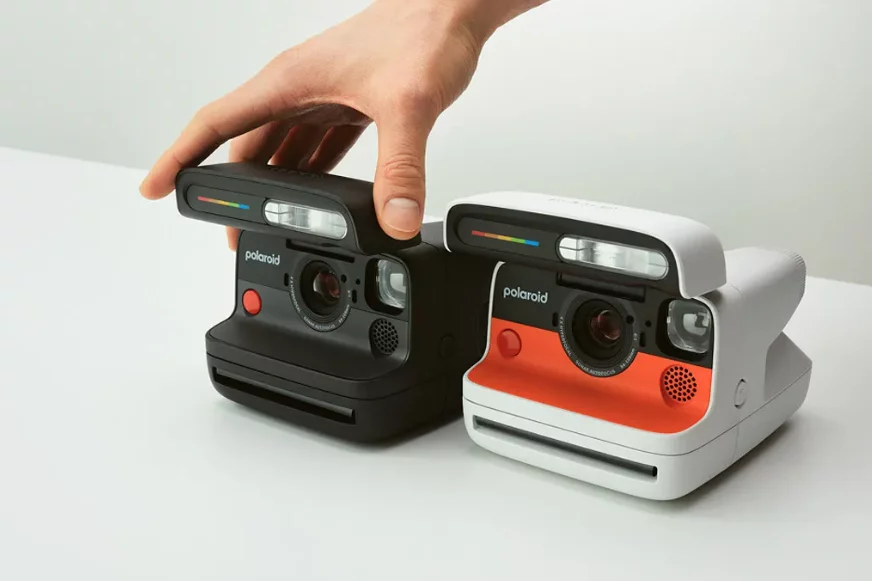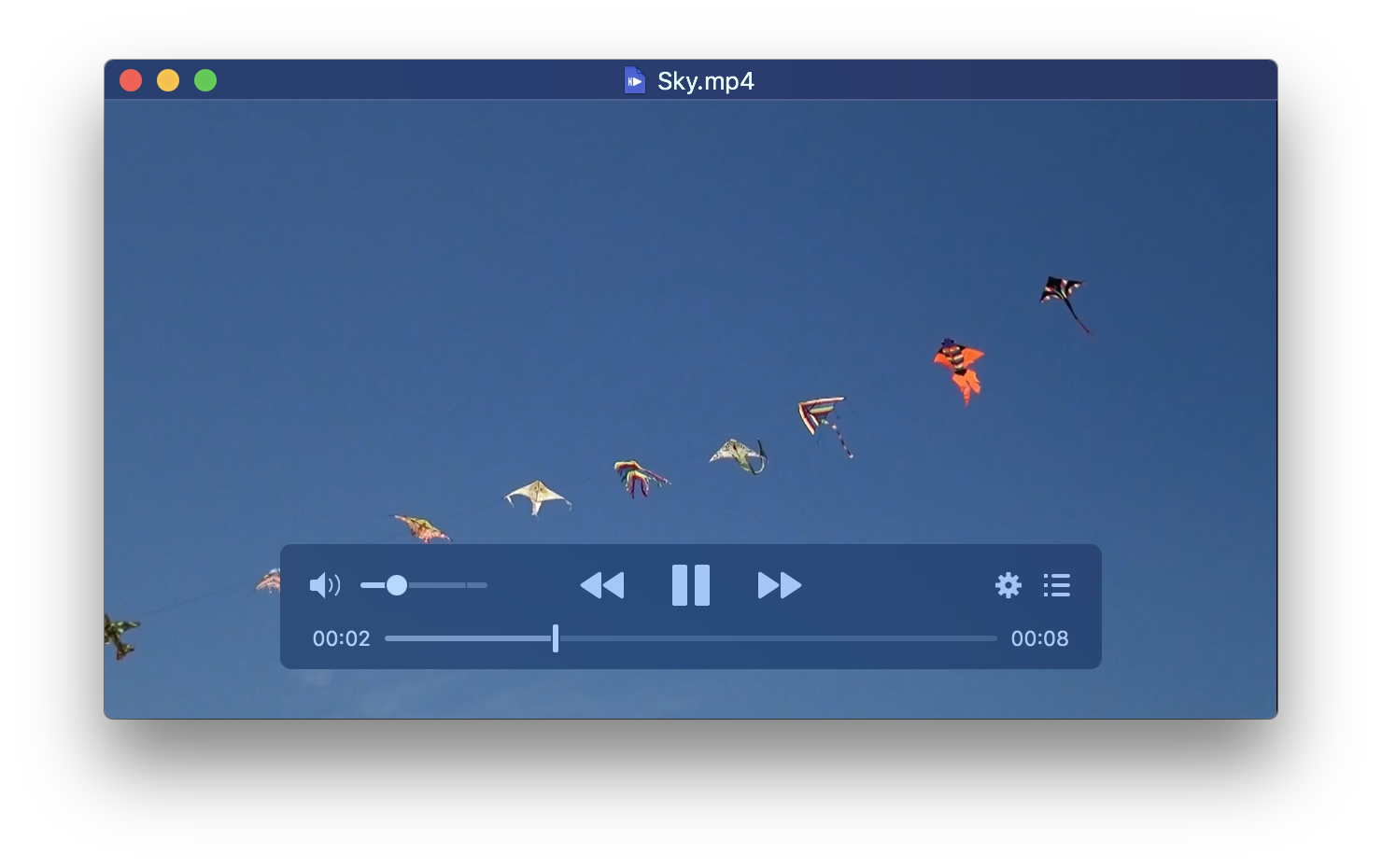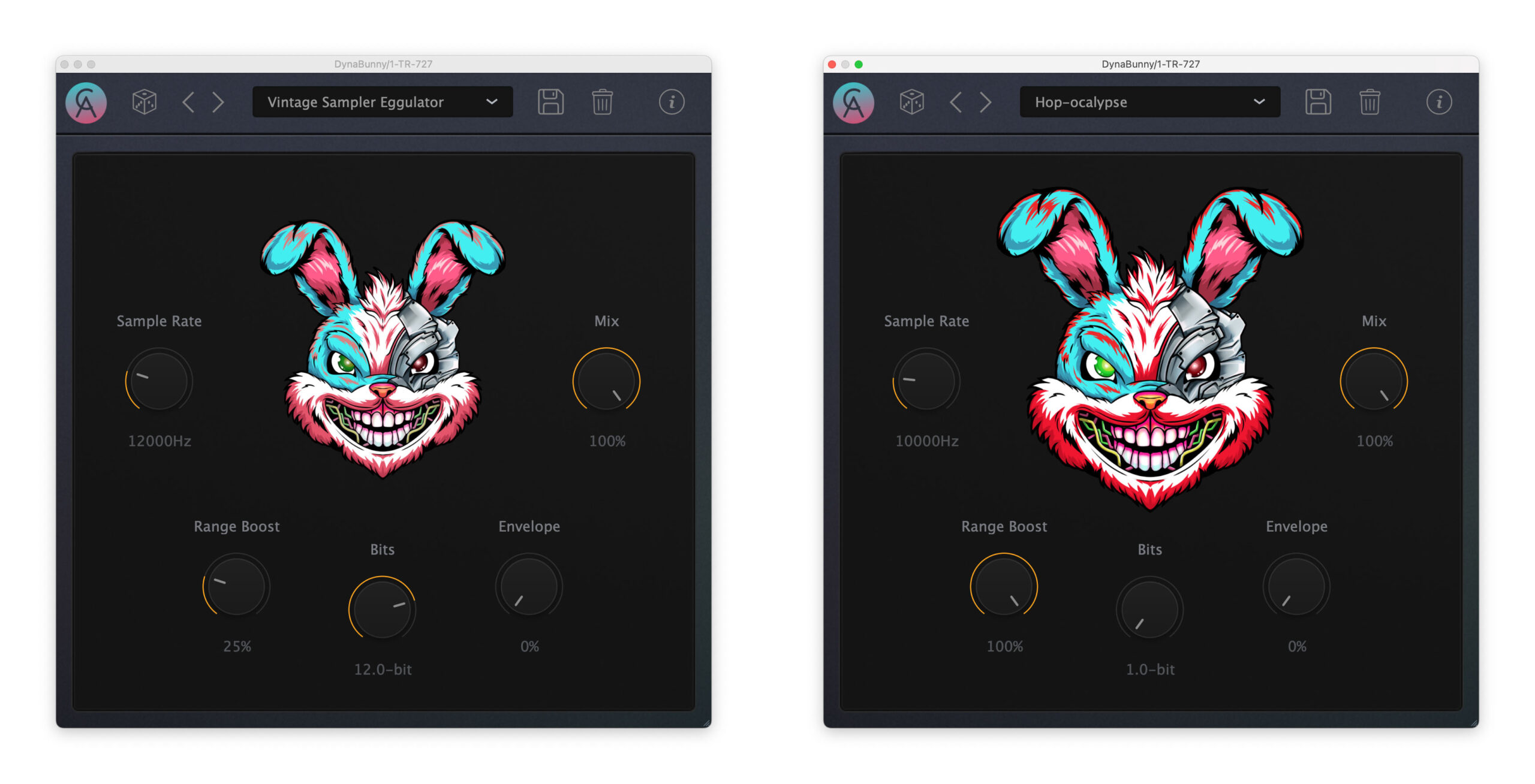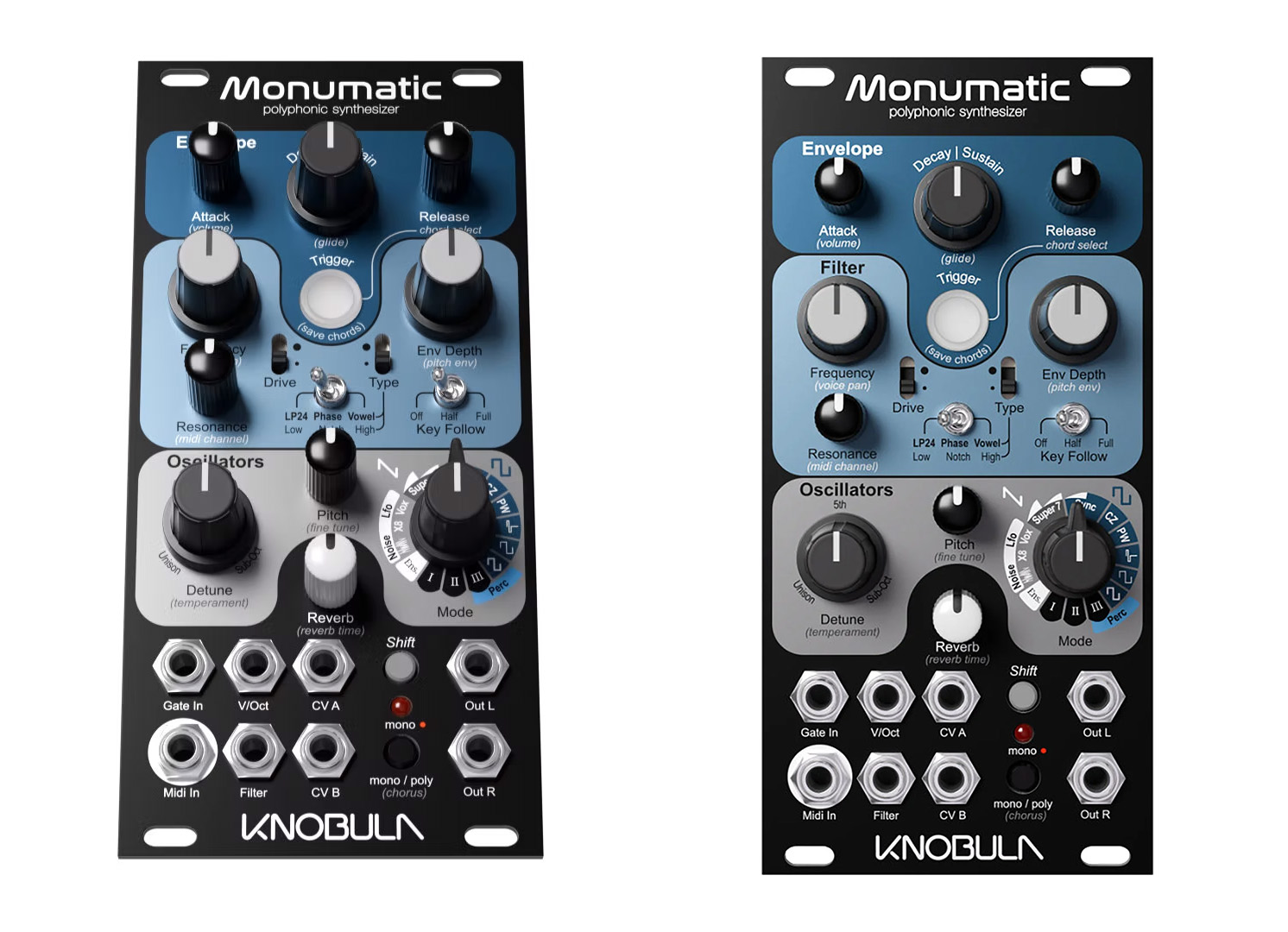Industrial Design Insights: Whipsaw on Using AI for Digital Product Prototyping
"For all of the designers out there, or people who have been privy to a true design program, you will know that the most successful solutions are not born from a linear process," writes industrial design consultancy Whipsaw. "Ideas evolve as new insights emerge, and even the most structured methodologies rely on iteration, feedback, and adaptation. But in practice, time and resource constraints often force teams to formalize ideas early—locking into wireframes or flows before they've had a chance to explore the full range of possibilities."We are now experiencing a paradigm shift, catalyzed by a new generation of AI-powered tools. These platforms make it possible to generate interactive prototypes from simple prompts, helping teams test rough ideas before they're polished and engage stakeholders earlier in the process. Call it what you will…vibe coding, rapid prototyping, whatever new term will inevitably be coined for this process.To explore the potential of these emerging AI design tools, we challenged ourselves to build a fully functional app for Foamcore, our in-house café and community lab. The goal: create a simple digital experience where team members could order coffee, browse company swag, and send Slack notifications for orders in real-time—all wrapped in a brand-forward UI. The twist? We gave ourselves just three days to go from idea to working prototype, relying on AI to accelerate the build without cutting corners.As part of this sprint,we put six leading AI-powered prototyping tools to the test:Replit, Lovable, Anima, Builder.io, Cursor, and V0.dev.Here's what we found:A Glimpse at the Tools: Where They ShineReplit: Developer-Focused, Designer-FrustratingBest for: Developers who want to co-pilot with AI in building functional apps fast.Replit works like an AI-powered Integrated development environment (IDE). You can describe a product idea and watch the tool generate a working React-based app complete with screens, forms, and logic. We loved the speed and the live preview—but hit limits when we tried to integrate Figma assets or enforce consistent styling.Pros:Fast MVP creation via prompt-based generationHandles logic-heavy use cases with easeBuilt-in deploy features for sharing live prototypesCons:Figma integration didn't work consistentlyLimited visual design fidelityLovable: Potential with Polish, But Slower Than the PackBest for: Small speculative prototypes with a polished visual look.Lovable sits in the conversational AI category that emphasizes visual quality. Its results were some of the more aesthetically refined we saw—clean layouts, modern design components, and responsive elements. It also supports Figma imports through Builder.io but with some setup friction.Pros:Visually impressive default designsBuilder.io integration shows promiseCons:Slower than other tools to generate outputsAnima: From Figma to Code, But That's ItBest for: Designers handing off visual mockups to engineers.Anima is laser-focused on one task: turning Figma screens into code. If your designs are ready to go, Anima generates HTML, React, or Vue components for quick front-end development. But it doesn't support co-creation or conversational AI functionality—so it's not helpful in the ideation or exploration phase.Pros:Excellent Figma-to-code conversionClean code output in common frameworksGood fit for late-stage production workflowsCons:No interactivity or logic-buildingNot useful for early prototyping or co-creationDoesn't support generative explorationBuilder.io: Best-in-Class Figma ImporterBest for: Designers who want responsive layouts built from their Figma designs.Builder.io impressed us with its Figma plugin—one of the best we tested. It translated screens into responsive, editable layouts quickly and with high fidelity. However, the integration with other tools (like Lovable) is still a bit clunky, and it's unclear how scalable it is for larger projects.Pros:Responsive design generation directly from FigmaClean layout and CSS handlingA useful companion to tools like LovableCons:Not a standalone prototyping environmentRequires multiple tools to get full interactivityCursor: The Power Tool for CodersBest for: Engineers who want to rapidly scaffold apps using natural language.Cursor is an AI-enhanced code editor that supports multiple languages, including Swift and Python. It's particularly useful when you're working with platform-specific APIs (like Apple's ARKit), and its conversational interface makes it easy to scaffold complex functionality. But it's not for the faint of heart—this is a tool built for people who already know how to code.Pros:Supports any language or frameworkIdeal for integrating platform-specific features (like 3D scanning APIs)Fast code generation with clear logicCons:No visual editor or previewsNo Figma or design system supportRequires external IDEs for compiling and testingV0.dev: The Clear Frontrunner for Real-Time PrototypingBest for: Conversational UX, Figma integration, code edi

"For all of the designers out there, or people who have been privy to a true design program, you will know that the most successful solutions are not born from a linear process," writes industrial design consultancy Whipsaw. "Ideas evolve as new insights emerge, and even the most structured methodologies rely on iteration, feedback, and adaptation. But in practice, time and resource constraints often force teams to formalize ideas early—locking into wireframes or flows before they've had a chance to explore the full range of possibilities."

We are now experiencing a paradigm shift, catalyzed by a new generation of AI-powered tools. These platforms make it possible to generate interactive prototypes from simple prompts, helping teams test rough ideas before they're polished and engage stakeholders earlier in the process. Call it what you will…vibe coding, rapid prototyping, whatever new term will inevitably be coined for this process.
To explore the potential of these emerging AI design tools, we challenged ourselves to build a fully functional app for Foamcore, our in-house café and community lab. The goal: create a simple digital experience where team members could order coffee, browse company swag, and send Slack notifications for orders in real-time—all wrapped in a brand-forward UI. The twist? We gave ourselves just three days to go from idea to working prototype, relying on AI to accelerate the build without cutting corners.
As part of this sprint,we put six leading AI-powered prototyping tools to the test:Replit, Lovable, Anima, Builder.io, Cursor, and V0.dev.

Here's what we found:
A Glimpse at the Tools: Where They Shine
Replit: Developer-Focused, Designer-Frustrating
Best for: Developers who want to co-pilot with AI in building functional apps fast.
Replit works like an AI-powered Integrated development environment (IDE). You can describe a product idea and watch the tool generate a working React-based app complete with screens, forms, and logic. We loved the speed and the live preview—but hit limits when we tried to integrate Figma assets or enforce consistent styling.
Pros:
Fast MVP creation via prompt-based generation
Handles logic-heavy use cases with ease
Built-in deploy features for sharing live prototypes
Cons:
Figma integration didn't work consistently
Limited visual design fidelity
Lovable: Potential with Polish, But Slower Than the Pack
Best for: Small speculative prototypes with a polished visual look.
Lovable sits in the conversational AI category that emphasizes visual quality. Its results were some of the more aesthetically refined we saw—clean layouts, modern design components, and responsive elements. It also supports Figma imports through Builder.io but with some setup friction.
Pros:
Visually impressive default designs
Builder.io integration shows promise
Cons:
Slower than other tools to generate outputs
Anima: From Figma to Code, But That's It
Best for: Designers handing off visual mockups to engineers.
Anima is laser-focused on one task: turning Figma screens into code. If your designs are ready to go, Anima generates HTML, React, or Vue components for quick front-end development. But it doesn't support co-creation or conversational AI functionality—so it's not helpful in the ideation or exploration phase.
Pros:
Excellent Figma-to-code conversion
Clean code output in common frameworks
Good fit for late-stage production workflows
Cons:
No interactivity or logic-building
Not useful for early prototyping or co-creation
Doesn't support generative exploration
Builder.io: Best-in-Class Figma Importer
Best for: Designers who want responsive layouts built from their Figma designs.
Builder.io impressed us with its Figma plugin—one of the best we tested. It translated screens into responsive, editable layouts quickly and with high fidelity. However, the integration with other tools (like Lovable) is still a bit clunky, and it's unclear how scalable it is for larger projects.
Pros:
Responsive design generation directly from Figma
Clean layout and CSS handling
A useful companion to tools like Lovable
Cons:
Not a standalone prototyping environment
Requires multiple tools to get full interactivity
Cursor: The Power Tool for Coders
Best for: Engineers who want to rapidly scaffold apps using natural language.
Cursor is an AI-enhanced code editor that supports multiple languages, including Swift and Python. It's particularly useful when you're working with platform-specific APIs (like Apple's ARKit), and its conversational interface makes it easy to scaffold complex functionality. But it's not for the faint of heart—this is a tool built for people who already know how to code.
Pros:
Supports any language or framework
Ideal for integrating platform-specific features (like 3D scanning APIs)
Fast code generation with clear logic
Cons:
No visual editor or previews
No Figma or design system support
Requires external IDEs for compiling and testing
V0.dev: The Clear Frontrunner for Real-Time Prototyping
Best for: Conversational UX, Figma integration, code editing, and speed
V0 balances flexibility, usability, and fidelity. It combines conversational prompts with a visual editor and live code preview, making it approachable for designers but powerful enough for technical collaborators. For these reasons it became our main build environment.
Over three days, we built and iterated a fully functional coffee-ordering app with Slack integration, a branded UI, even a dynamic "swag shop" with rotating 3D sticker galleries. V0 handled complex back-and-forths like bug fixing, API connections, styling issues, and UI tweaks—albeit with some limitations (more on that below).
Pros:
Strong Figma integration: It extracted typography, layout, and branding cues directly from our design files.
Code-level access: Helpful when AI couldn't quite get things right—we could step in manually.
Deployable: It allowed us to generate real links for testing on mobile devices.
Fast iteration: We moved from idea to user-tested version in three days.
Cons:
Visual precision is frustrating: Simple things like button styling took dozens of prompts and still weren't consistent.
Bug accumulation: As features stacked, some legacy bugs introduced friction in the build.
Style system support is limited: Enforcing a robust design system proved clunky and inefficient.
?
Why V0 Was Right for Us—For Now
Of all the tools we tested, V0.dev hit the sweet spot for our specific needs: building a real, working prototype for a digital experience that reflected brand, logic, and UX nuance—all on a tight timeline.
V0 gave us:
Speed, by generating functional scaffolds in seconds
Flexibility, through code access and Figma support
Iterative power, with version control and conversation history
It wasn't perfect. Visual precision remains a pain point, and the back-and-forth to fix bugs and styling was time-consuming. But when in a generative phase—sketching with code instead of a pencil—V0 allowed us to build, test, and evolve ideas in ways that traditional workflows can't match.
A New Mindset for Design Research and Prototyping
What stood out most wasn't just the tools—it was the shift in mindset they invited.
Instead of treating prototyping as a late-stage validation artifact, we used it as a participatory research method— rapidly co-creating with users, showing interactive ideas instead of static mockups, and gathering feedback rooted in real interactions. We didn't need to perfect every pixel to start the conversation. And that, in itself, made our design process more human. So in full, the promise is real: with the right tools and approach, we can move faster, explore broader, and design with more imagination—starting from the very first prompt.
The pace of change is dizzying, and the question on everyone's mind is: what's next? What happens to the designer, the PM, the engineer? We won't pretend to know the future—but here's what we do know: deciding what to build, why it matters, and whether it's any good is still a deeply human act. No matter how powerful AI gets, it can't replace human instinct, taste, or judgment. Insight doesn't come from scraping data—it comes from generative unexpected connections. The future belongs to those who don't just analyze patterns, but who dream beyond them—connecting the dots in ways no algorithm can predict.
You can read more of Whipsaw's insights here.













































































































































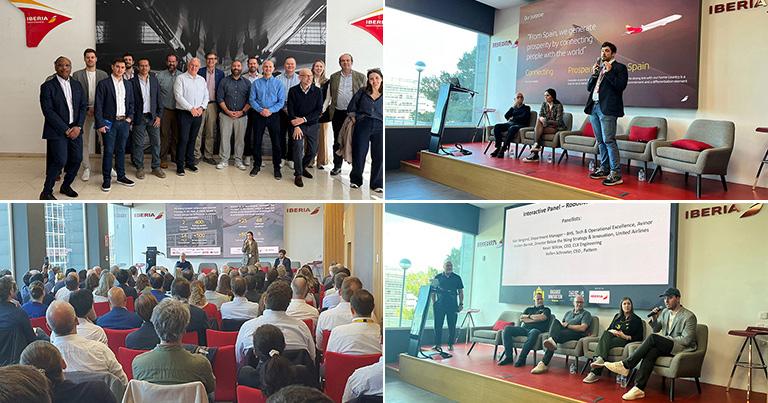

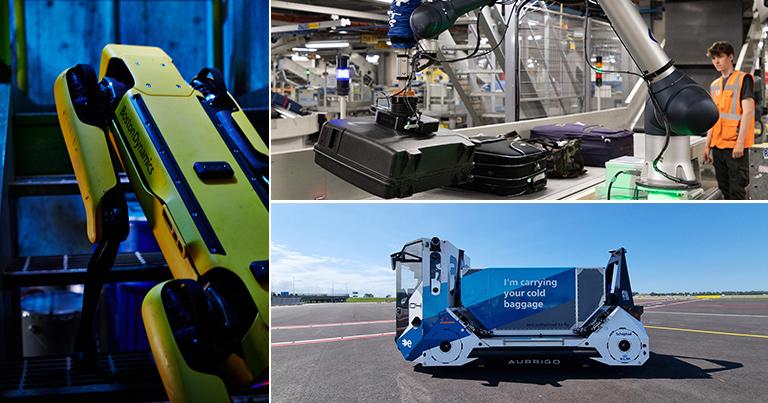

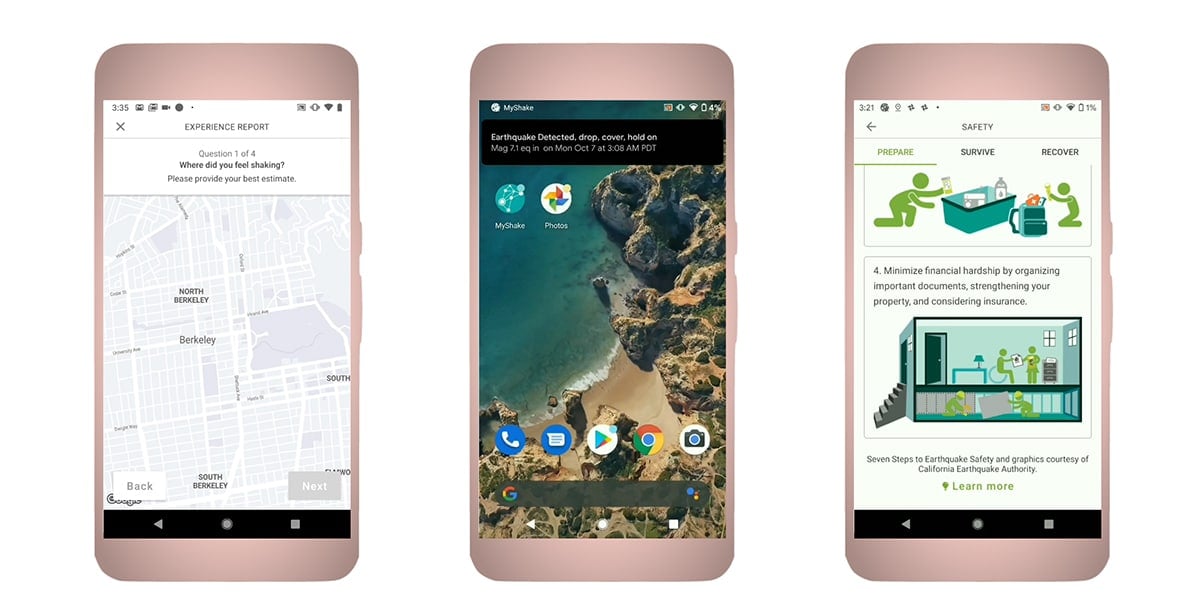



















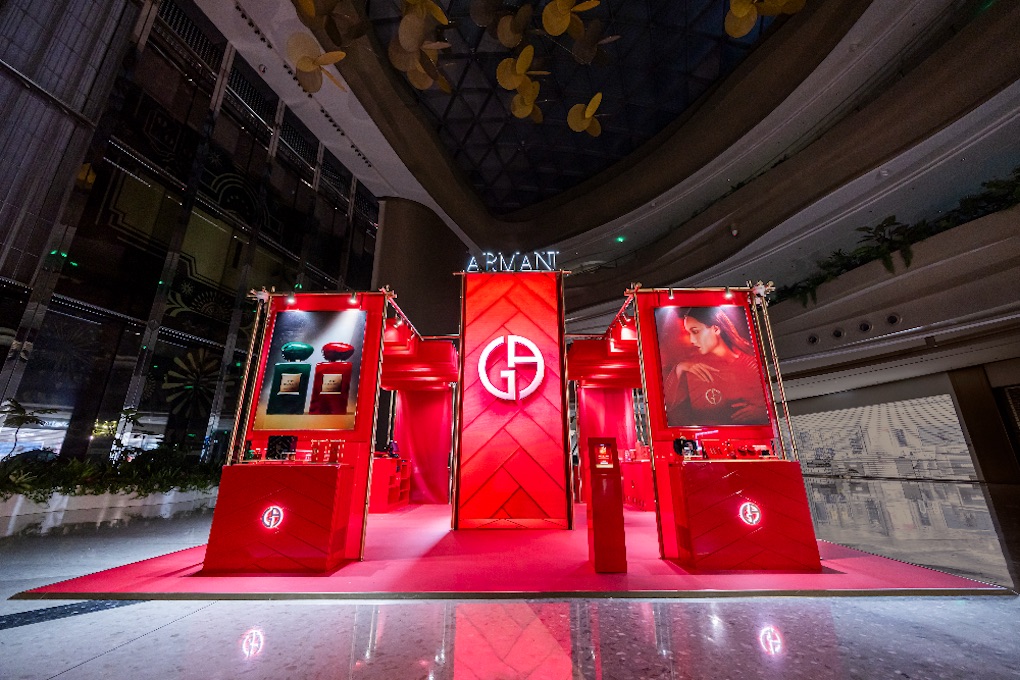


















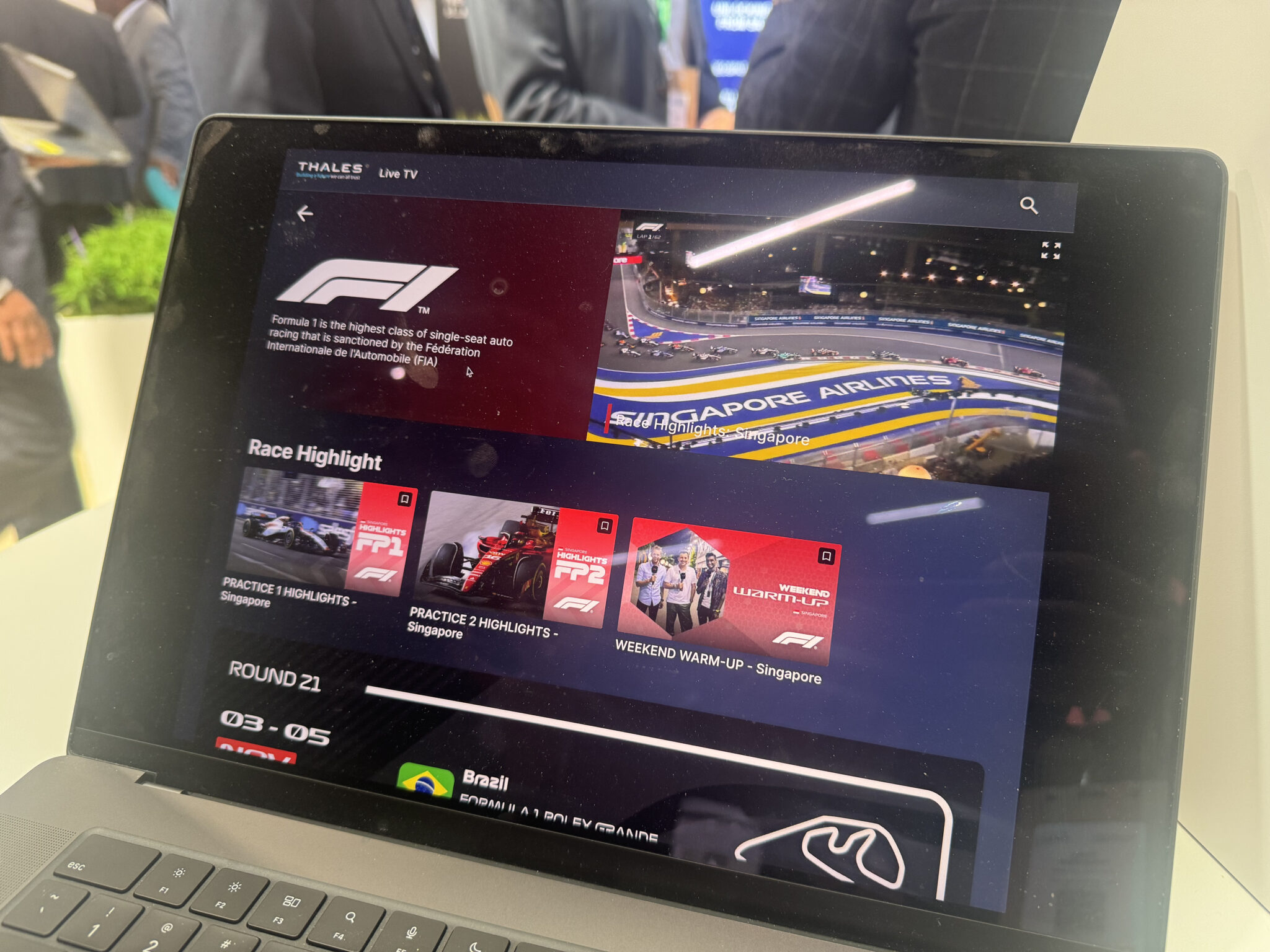
































![It’s Unfair to Pay 100% for 50% of a Seat—Why Airlines Must Start Refunding Customers When They Fail To Deliver [Roundup]](https://viewfromthewing.com/wp-content/uploads/2025/04/broken-american-airlines-seat.jpeg?#)































































































































































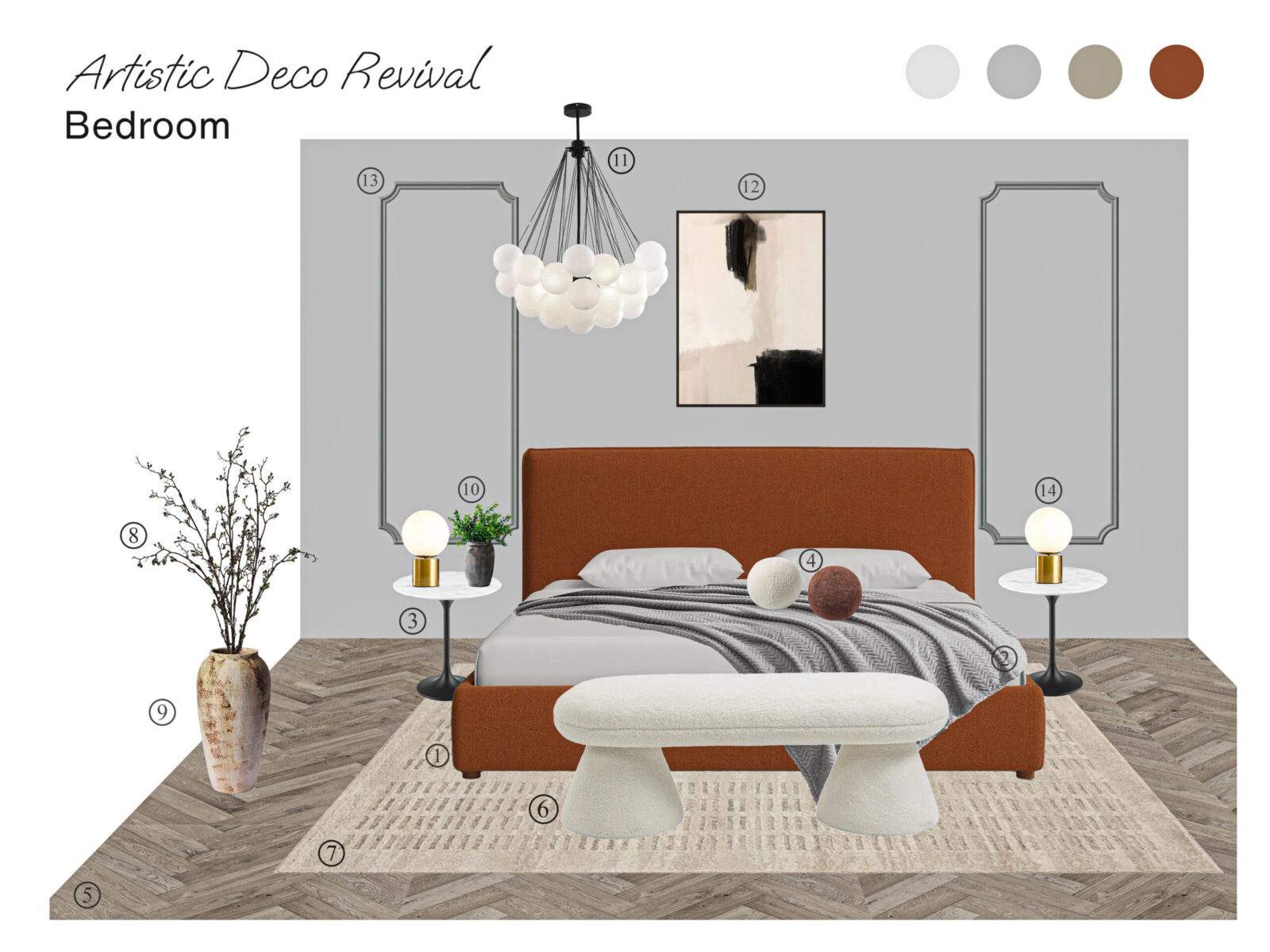




![[Podcast] Unlocking Innovation: How Play & Creativity Drive Success with Melissa Dinwiddie](https://justcreative.com/wp-content/uploads/2025/04/melissa-dinwiddie-youtube.png)








